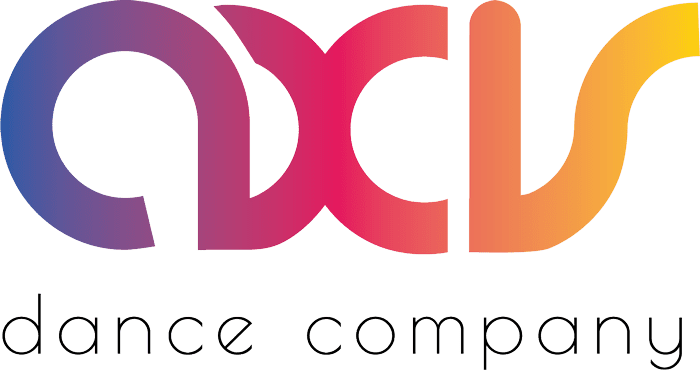-
Accessibility is…artful.
Many disabled artists have taken to using access features as compositional materials for art-making. Things like captions or ASL interpretation or visual descriptions, which we often think of as added onto an original work of art, are becoming creative embedded into artistry as a set of materials.
-
Accessibility is…community care.
Accessibility creates the conditions for us to take care of each other, something that often falls on disabled people to do for other disabled people. As a result, it’s disability mutual aid and care work that can often teach us the most about how accessibility can be made truly useful.
-
Accessibility is…deaf-centric.
Deaf artists and audiences are often late to be informed about key information because of the language barrier between English and ASL. Good access design recognizes that sign language forms the cultural and linguistic communities of capital-D Deaf spaces.
-
Accessibility is…safety.
Disabled artists are not automatically more fragile than other artists. However, safety is a cornerstone value in disability arts, culture, and organizing. Very often, disabled people are entirely left out of emergency readiness planning, which increases the need for thorough safety planning.
-
Accessibility is…relationship-building.
One of the important aspects in creating authentic accessibility is by relationship building. It is important to understand that Disabled artists have a multitude of ways in which they prefer to communicate and oftentimes lean on Crip time to navigate the world.
-
Accessibility is…belonging.
The feeling that you were expected can be a hallmark of a good accessibility experience. But how do you do this? Inclusivity means responsibility, practice, and long-term commitments to growing and learning.
-
Accessibility is…accountability.
Consider that accountability is about measuring your progress. How will you know if you’ve achieved the goals you have identified? If you don’t have a clear and feasible way to assess and mark your movements through accessibility, you’ll likely feel like this work is only ever slow and energy-intensive. Not true!
-
Accessibility is…engaging.
Access is important at each stage of a project, from the early planning process, through the performances, to the legacies a collaboration can leave behind. When the work is engaging, exciting, and satisfying, it makes meaningful and lasting impressions.
-
Accessibility is…action.
Accessibility is not passive or automatic. It requires active champions of inclusivity. It requires breaking out of usual administrative forms and changing how things are usually done. And once a difference is made, it needs care-full tending and ongoing commitment.
-
Accessibility is…evolving.
Access is a transformative practice and it’s ever-evolving. Just as the arts are always progressing with new innovations, tech, and more, so is access. There is no one way to achieve access. It is imperative to keep up to date by listening, following, and amplifying the Disabled Community.
